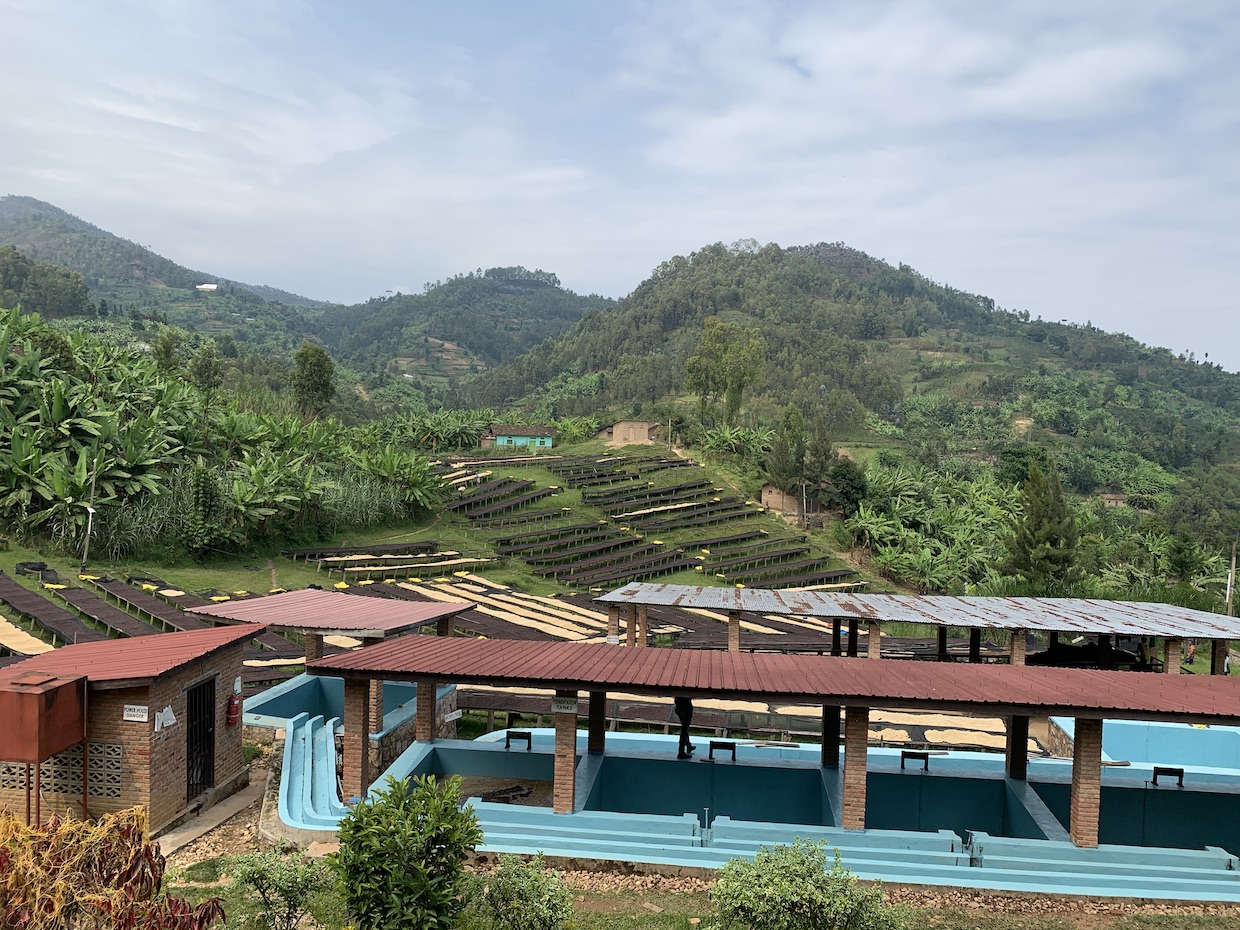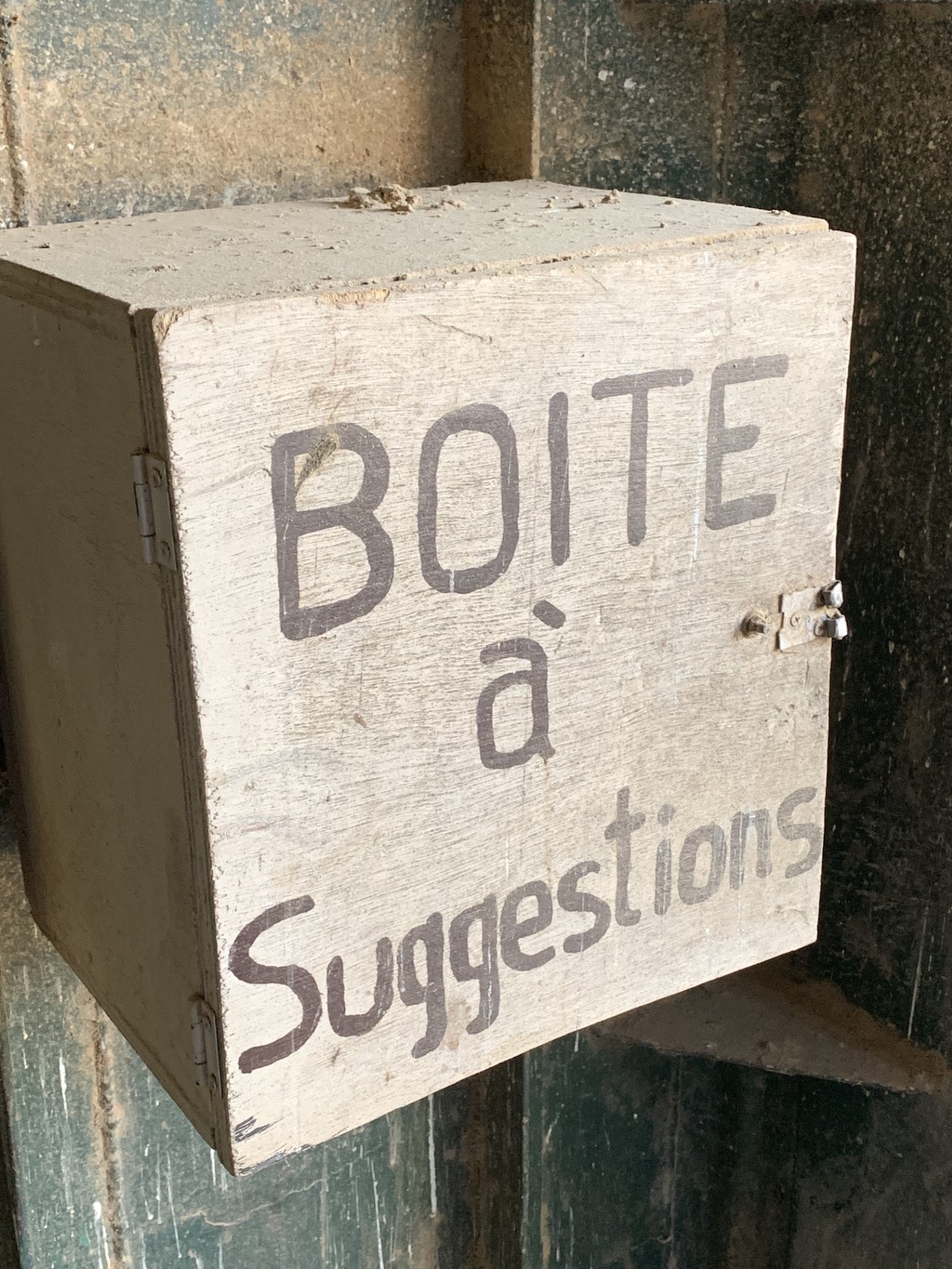Why are “sustainable” businesses going out of business and how can we change that? A good place to start is with greater transparency. We also need honest recognition that multiple coffee companies and strategies are necessary to create farmer resiliency.
Since November 2022, I’ve been managing Sustainable Harvest through a financial crisis into a resilient green coffee company. It is risky to tell this story. I risk offending people involved in excellent work throughout Sustainable Harvest’s history. I risk offending people who were angry with the company for the breakdown in service that came with the breakdown in finance. I risk airing our dirty laundry to people who didn’t know what was going on. But the purpose of telling the SH story with unembellished honesty is to remember and honor the work of the past, not to criticize it.
Sustainable Harvest changed the way coffee was traded in 1997. SH operated innovative initiatives with farmers and nailed arrival quality for roasters for decades. SH was a pioneer in the idea that farmers should cup and understand their own product and know their final customers. But it became critical to reorganize SH to adapt “relationship trading” for the future.
A certified B Corporation should be the gold-standard of sustainable business. They strive to measure impact on people and planet as equal weights with financial results. But green companies working for a mission are struggling to make ends meet on the financial side. Twin Trading, for example, won two SCA sustainability awards, and several years later, it no longer exists. The goals of Twin were good. The work was rewarding and important. Twin is not alone.
Other farmer-focused traders, cooperatives, and social enterprises are falling on challenging times and going out of business, even though they have valuable roles in our industry. We need to rethink our approach to make “business as a force for good” a reality in the world of green coffee trading. The success of these businesses should outpunch an outdated obsession with “short-term profit at all costs.”
For our part, we are launching the “Unsustainable Project,” to experiment with total transparency. This is not a smear campaign against the past; it is a call to action for the future. Thanks to our predecessors, Sustainable Harvest has accumulated decades of lessons learned in traceable, certified and relationship trading. This project is about staying curious. It’s about creating a space to speak openly about challenges, failures, mistakes, and lessons learned to propel us all into a better future of coffee.
The project is also an invitation for our predecessors and contemporaries to be the greatest allies of the next generation of coffee professionals. It is an invitation to share and learn from our industry’s history and meaningful work of the past. It is an invitation to stay rigorously committed to real coffee and real farmers. In the spirit of transparency and industry-wide progress, here are three key lessons from the Sustainable Harvest story:
- Relationship coffee trading is special; it’s like magic. But it won’t work for every farmer and roaster all the time, and that’s okay. That’s what makes it special.
- All businesses can learn from relationship trading, even if it isn’t a feasible model for every coffee business.
- Direct relationship traders can work better with a better understanding of global supply and demand, the ‘C’ market, and commercial coffee trading.
The “relationship coffee” model is special. But it won’t work for every coffee contract or every farmer and roaster. We should think of direct trade as investing in farms and farmers via prices, projects, or joint ventures – and not only as traceability to farms and farmers. Direct trade relationships at their best should be mutually beneficial. Like any relationship, they should be defined by quality time and communication on both sides.
These types of genuine relationships with green coffee producers work best for coffee businesses roasting higher-quality coffee and a total annual volume of at least 2 containers and up to 275 containers per year. That’s a wide range of about 100,000 pounds up to 10 million pounds of roasted coffee per year. It becomes increasingly difficult to support farm-direct relationships outside of that volume window. The sweetest spot is often in the middle of the bell curve, where it’s extremely comfortable to ask for a lot of information and to invest meaningful amounts of money in farms and farmers.
Of course, roasters who are investing in long-term farmer relationships still work with other partners for milling, export, import, and finance, so it is not exactly “direct” – but partners are typically mapped out transparently. There is a point where a roaster might be too large or too small or simply not have the time to commit to all supply-side relationships. And that is okay. Businesses can alternatively rely on trusted, supply-side relationship managers who are invested in the farms and farmers.
If a roaster is relying on supply-side managers to buy, mill, export or import coffee, they can still learn a lot from direct trade. Direct trade roasters often sink serious time and money into mapping out all the points of purchase and processing from seed to cup. As green coffee companies, we should strive to give all roasters access to similar information, mapping the coffee supply stream. Roasters should be able to know all the players involved in financing, milling, exporting, importing and warehousing coffee. Those details should be transparent and accessible at the point of purchase.

An organic Farm in Indonesia intercropped with income-generating chili peppers. Photo courtesy of the author.
Specialty coffee became great at telling the origin story through marketing. In the seed to cup journey, we spend a lot of time on the seed and the cup, but we need more transparency around the journey. We should be more open about how coffee makes its way to a roasters’ door. Industry initiatives are cropping up that claim to “change the way we trade” but do not tell roasters who is buying and selling cherry, parchment or green, let alone showing real numbers behind those transactions. As the green coffee trade moves to more traceability, we should map out the journey and be willing to share it. This is what the best relationship traders have managed to do for decades.
Even direct-relationship coffee is affected by the increasingly volatile New York “C” market. Therefore, all coffee buyers should strive to know more about the commercial trade and futures market. Even for a roaster striving to trade a sustainable flat price directly to a farmer, the New York “C” will affect the local coffee markets. The effect of the “C” on local prices will determine if an outright, flat price is meaningful or not in each harvest cycle.
In a low market, your flat price has a ceiling defined by price to consumer. In a high market, commercial trading might surprisingly deliver a farm a more sustainable income because there is less weight loss in commercial exports.
Direct-relationship trading doesn’t guarantee farmer income the way we want it to — at least not yet. Let’s keep trying. As an industry, let’s ask tougher questions and understand the playing field better before we claim to have leveled it. Let’s balance the information asymmetry that exists in our industry. The trade has access to information that roasters and farmers only know if we share it.
Let’s not be afraid to share it all.
[Note: Daily Coffee News does not engage in sponsored content of any kind. Opinions and views expressed in this piece are those of the author and do not necessarily reflect the position of any company or organization.]
Comments? Questions? News to share? Contact DCN’s editors here.
Kat Nolte Ferguson
Kat Nolte Ferguson is the managing director of two young daughters, a very large dog, and Sustainable Harvest. She’s been working in coffee from stocklot to microlot, from barista to trader, from Peace Corps to multinational, since 2000.











Comment